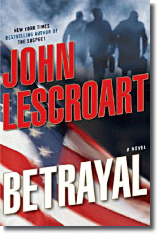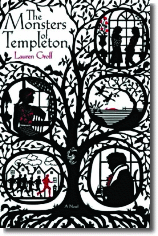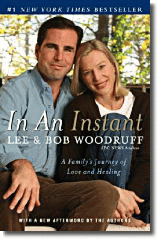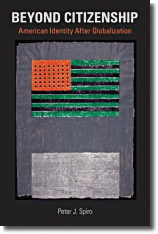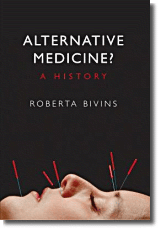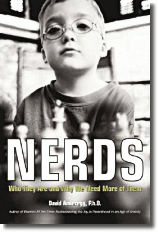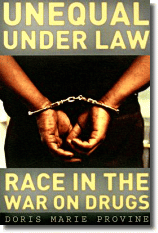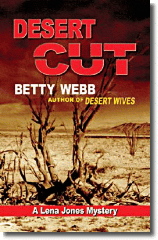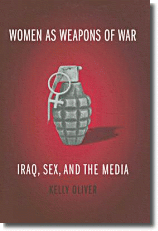
He applied the "Page 99 Test" to his book, The Tyranny of the Market: Why You Can't Always Get What You Want, and reported the following:
My book does poorly on the page 99 test in two senses. First, the single paragraph on 99 is a summing-up tail end of a chapter. Second, the point being made in the part culminating on page 99 runs counter to the book’s main thrust.Read an excerpt from The Tyranny of the Market and learn more about the book at the Harvard University Press website.
So, cheating on the test, here goes: Broadly, there are two ways of choosing who gets what, government or markets. Markets are widely believed to allow each person to choose what he wants while allocation through government promotes a tyranny of the majority. But when preferences differ across groups, and there aren’t very many products, then market allocation, like government, is also subject to a tyranny of the majority.
I first noticed this at the city-level by studying radio listening over 10 years ago. I noticed that blacks listen to the radio more in cities with more blacks, and whites listen to the radio more in cities with more whites. As it turns out, blacks and whites have different tastes in radio programming, so blacks benefit blacks, and whites benefit whites (as radio listeners), but they don’t benefit each others. Some examples are more extreme. For some products, like newspapers, having more people around who share your preferences causes its producers to target your group, at the expense of consumers with different tastes. So, blacks get more satisfaction out of the daily newspaper in a heavily black city, while whites get more satisfaction from the paper in a heavily white city. But crucially – and in contrast to the usual assumptions about markets – as one group gets relatively bigger, the other group gets less satisfied with the product. This is the tyranny of the majority translated into markets.
The book challenges the unregulated markets in a subtle way. Because I am a card-carrying mainstream economist – a professor at the Wharton School, no less – my arguments rely strictly on carefully collected evidence structured around conventional views.
Visit Joel Waldfogel's personal website and his faculty webpage.
--Marshal Zeringue
